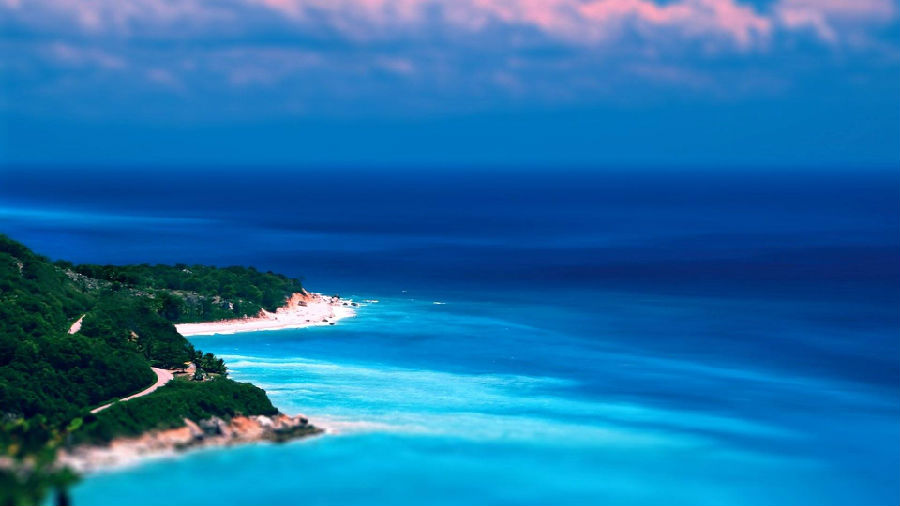(单词翻译:单击)
In the 1830s, the British naturalist Edward Forbes surveyed ocean beds throughout the Atlantic and Mediterranean and declared that there was no life at all in the seas below 2,000 feet. It seemed a reasonable assumption. There was no light at that depth, so no plant life, and the pressures of water at such depths were known to be extreme. So it came as something of a surprise when, in 1860, one of the first transatlantic telegraph cables was hauled up for repairs from more than two miles down, and it was found to be thickly encrusted with corals, clams, and other living detritus.
19世纪30年代,英国博物学家爱德华·福布斯勘察了大西佯和地中海各处的海床,宣布在600米。以下的深处根本没有生命。这似乎是一种合乎情理的假设。在那个深度,没有光,因此就没有植物;而且,据知在那个深度压力极大。所以,1860年,当从3公里多深的水下拖起一根首批横穿大西撑的电缆进行维修,发现上面结着厚厚的一层珊珊、蛤蜊和其他小生物的时候,大家真的有点吃惊。
The first really organized investigation of the seas didn't come until 1872, when a joint expedition between the British Museum, the Royal Society, and the British government set forth from Portsmouth on a former warship called HMS Challenger. For three and a half years they sailed the world, sampling waters, netting fish, and hauling a dredge through sediments. It was evidently dreary work. Out of a complement of 240 scientists and crew, one in four jumped ship and eight more died or went mad—"driven to distraction by the mind-numbing routine of years of dredging" in the words of the historian Samantha Weinberg. But they sailed across almost 70,000 nautical miles of sea, collected over 4,700 new species of marine organisms, gathered enough information to create a fifty-volume report (which took nineteen years to put together), and gave the world the name of a new scientific discipline: oceanography.
直到1872年,才对海洋进行了第一次真正有组织的调查。不列颠博物馆、皇家学会和英国政府成立了一个联合考察队,乘坐已经退役的战舰“挑战者”号从朴茨茅斯港出发。在三年半时间里,他们驶遍了世界,取水样呀,捕鱼呀,捞沉淀物呀。这显然是一项很单调的工作。在总共240名科学家和船员当中,有四分之一的人开了小差,还有8人死亡或发疯——用历史学家萨曼莎·温伯格的话来说:“长年累月的单调生活使脑子麻木,精神错乱。”但是,他们行驶了差不多7000海里,收集了4700多种新的海洋生物,获得了足以写出一份长达50卷的报告资料(编辑工作就花了19年),为世界科学创建了一门新的学科:海洋学。


